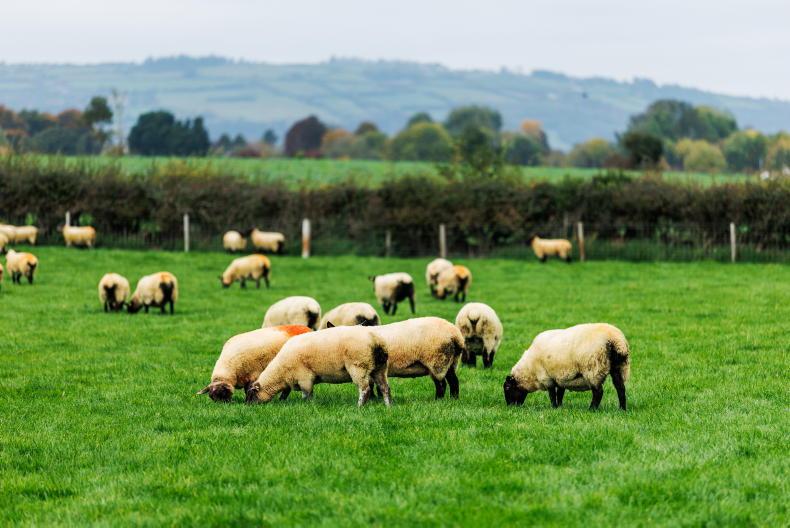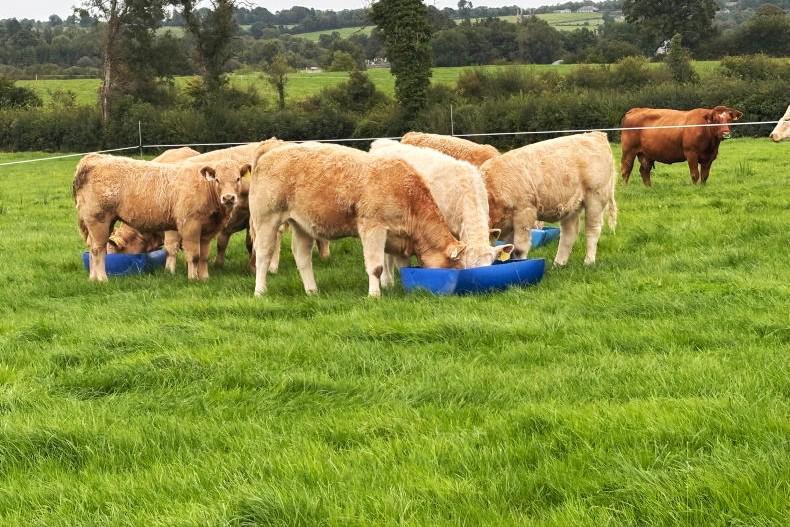Winning the weaning challenge: Successful weaning is all about planning. On page 30 we look at what steps should be taken over the next few weeks to ensure calves are in a healthy condition. A midsummer treatment for gut and lung worm is essential. Early intervention is key to the successful treatment of respiratory conditions.
If you are planning to sell your bull weanlings to under 16-month finishers, you need to give them time to finish them. Good weight for age will attract the optimum price. A rule of thumb is that 12 months of age is the cut-off point, and they need to be 500kg or above. This still only allows for the 100-day intensive finishing period and roughly 20 days for them to play with in order to market cattle. Some factories have been insisting on young bulls being in the herd for 90 days to acquire quality assurance (QA). The norm is 70 days for QA.
Buying weanlings: August is a good month for buying weanlings. Although the price per kilo may be higher than in September/October, you have to factor in the additional weight gain you get prior to housing on August-purchased weanlings. If you buy a 300kg weanling in August, with good grassland management, this animal has the potential to put on an additional 50kg before housing and in some cases “hungry” weanlings could put on 70-80kg over this period. The greater the percentage of this gain you can achieve from grass, the lower your production costs, which leads to an increased gross margin. Being able to turn weanlings out to grass will also help reduce the risk of pneumonia. Getting your stock on the farm settled and thriving before housing is a big benefit. There is a warning attached to this though. If you are in the habit of buying over-fed fat weanlings, don’t be expecting 50kg of gain before housing.
Building the wedge: The recent rain provides the opportunity on dry farms to spread 25 to 30 units of nitrogen. This applies mainly to farms tight on grass where demand will be high in the coming weeks. Farmers on heavier soils or that already got rain may have recently spread nitrogen – the earlier you spread, the better the response. On farms with autumn-calving herds, demand is increasing, while on other farms supply of grass will build as demand decreases through housing of finishing bulls or selling stores or finished animals.
The grassland management plan is effectively turned on its head in August. Up until now the focus was on not letting grass covers get too strong. Your goal was to keep pre-grazing covers to a max of 10-12cm. One of the reason for this was to prevent the leaves at the bottom of the sward dying away. Grass doesn’t start to head out as quick in the second half of the year, growth slows and quality is easier to maintain provided swards have been previously grazed out or topped.
This slowdown allows you to build up a bank of grass which can then be used to graze stock through late September/October when grass growth falls well short of demand. Allowing a wedge to form is especially important on farms with an autumn-calving herd or on farms that intend finishing cattle off grass in October/November.










SHARING OPTIONS